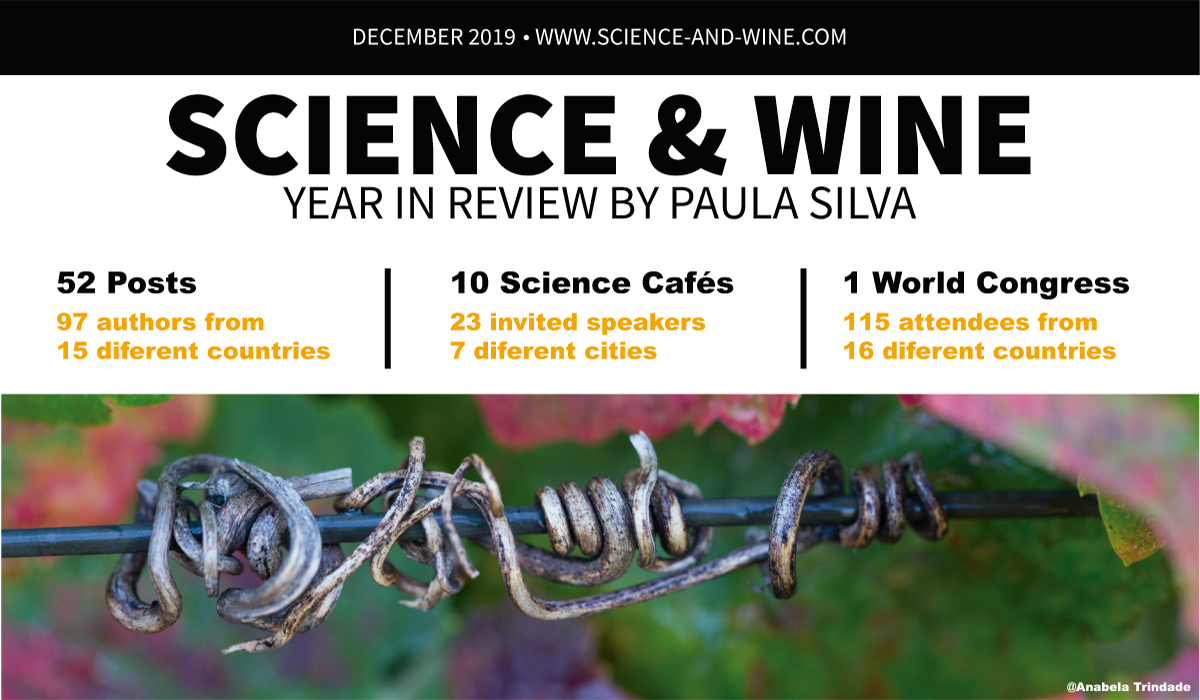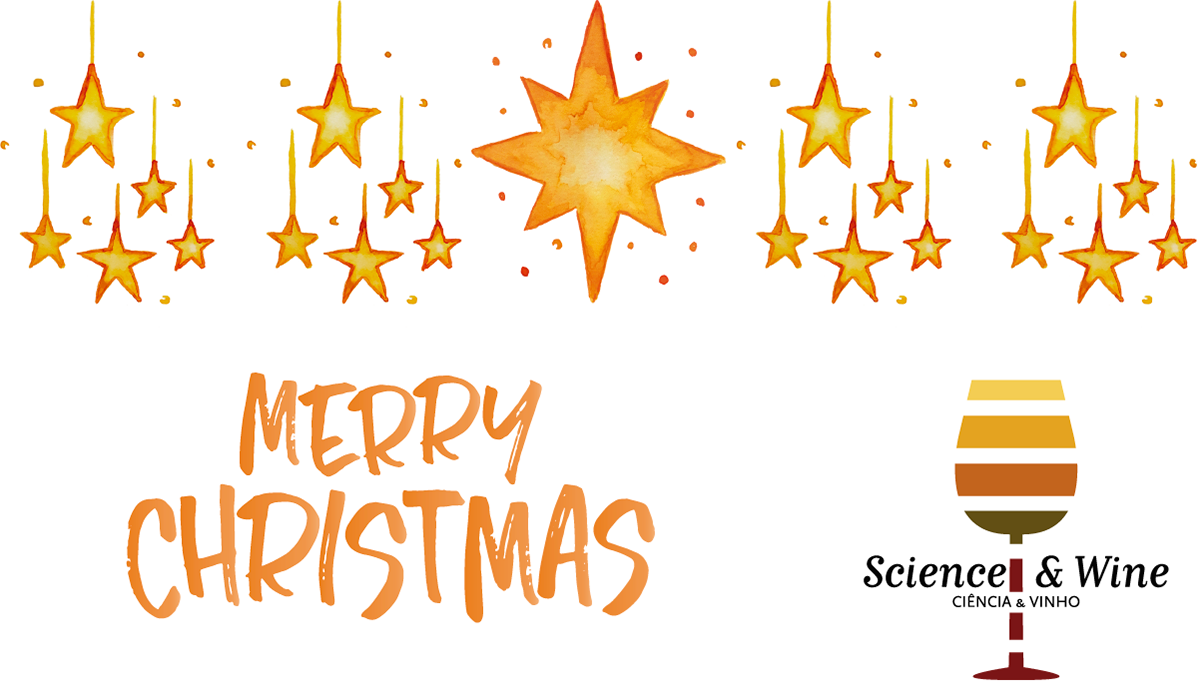The emergence of nonalcoholic wines is driven by health, economic, and social factors, meeting growing consumer interest in healthier lifestyles. The health benefits of low-alcohol and nonalcoholic wines, particularly cardiovascular health, are increasingly recognized. Winemakers can diversify their product lines using these alternatives, extend their customer base, and contribute to public health. Advanced production techniques such as vacuum distillation, spinning cone columns, and reverse osmosis reduce alcohol content without compromising quality. The expanding market for low-alcohol wines offers significant growth opportunities, enabling winemakers to diversify their revenue streams and enhance profitability. Evolving regulations, especially in Europe, emphasize transparency in labeling and nutritional information, aligned with consumer preferences. Incorporating low-alcohol and nonalcoholic wines is a strategic move for winemakers, ensuring competitiveness and relevance in a changing market.

Application of White-Wine-Pomace-Derived Ingredients in Extending Storage Stability of Fresh Pork Burgers
This study investigated the use of white wine pomace (a byproduct of wine production) as a preservative in pork burgers. It assesses the impact of this ingredient on various quality aspects of meat, including microbial growth, color stability, oxidation, and overall sensory attributes, over a period of refrigerated storage. This study aimed to offer an eco-friendly alternative to conventional preservatives such as sulfites, assessing whether wine pomace can effectively extend the shelf life and maintain the quality of pork burgers. These results indicate that while wine pomace shows some antioxidant properties, its effectiveness in inhibiting microbial growth and preserving the color of pork burgers is limited compared to traditional sulfite preservatives.

Responsible Alcohol Consumption: A Call to Action
I decided to write this post after reading an article in the Portuguese newspaper, Expresso, which highlighted the negative health effects and cancer risks associated with the consumption of small amounts of alcohol. It is a personal reflection of a woman, mother, teacher, and scientist based on my perspective on the world and scientific evidence. Discussion about alcohol consumption? Yes, but for there to be results, common sense must prevail.

Alcohol Labelling: Promoting Consumer Health Awareness?
Ireland introduced legislation on May 22, 2023, requiring alcohol products to carry health warning labels. This aims to inform consumers about alcohol’s health risks. However, the effectiveness of such labels is debated, especially for wine due to its cultural significance, and according to scientific data beliefs in its health benefits may not be easily influenced by these warnings.

3rd World Science & Wine: Sustainability of wine production and food systems in the Mediterranean region
As promised, we will maintain the organization of the World Congress every two years. The 3rd World Science & Wine Congress will be from 14 to 16 June 2023 in Vila Nova De Gaia and the Douro region. The topic for this scientific meeting here will be “Sustainability of wine production and food systems in the Mediterranean region”.

Breadstick fortification with red grape pomace: effect on nutritional, technological and sensory properties
Grape pomace, a wine-making by-product rich in dietary fiber and total phenolic compounds, is a potential functional ingredient in the fortification of baked goods. Grape pomace improved the nutritional values of fortified breadsticks and changed the rheology of dough and breadsticks’technological properties without affecting sensory acceptability.

Cannonau: the wine of centenarians. A spectroscopic data fusion approach for the study of the polyphenol content
Infrared spectroscopy is widely applied in the wine sector. The medium infrared (MIR) spectral region between 1800 and 900 cm-1 is very informative for polyphenols. The authors caaried out a work aimed to perform an in-depth analysis of this spectral region of polyphenolic wine extracts. To this goal evolution of the polyphenolic fractions of white (Vermentino) and red (Cannonau) typical Sardinian wines was studied during wine-making.

Mycotoxins in red wine: Occurrence and risk assessment
Mycological contamination of food products is a common problem in the food industry, associated with implications for consumer health. Red wine is regarded as an alcoholic beverage with health benefits, notably for the circulatory system. However, in spite of its health-promoting properties, it can also be a source of toxic substances. Wine is a documented source of ochratoxin A, which is one of the ubiquitous, highly toxic secondary metabolites produced by filamentous fungi. It is the only mycotoxin for which a regulatory maximum level in wine has been established. There are no legal regulations on the content of other mycotoxins in wine, as a product with an increased risk of mycological contamination, and so their levels are not monitored. The aim of this study was to determine the concentrations of ochratoxin A (OTA), deoxynivalenol (DON) as well as T-2 and HT-2 toxins in dry red wines.

2019 In Review
This is the last post of 2019. The second year of Science & Wine existence, time for a brief reflection. This was a great year!

This Christmas impress your family and friends with a Mediterranean Diet menu
Christmas. A time for joining the family to celebrate life. Usually these family meetings are around a table this is also a time known for an overeating behaviour. The rule should be “Moderation”. Our health depends on what we eat and if we wish celebrate Christmas for many years and in good health, one of our resolutions for 2020 must be eat healthy.

